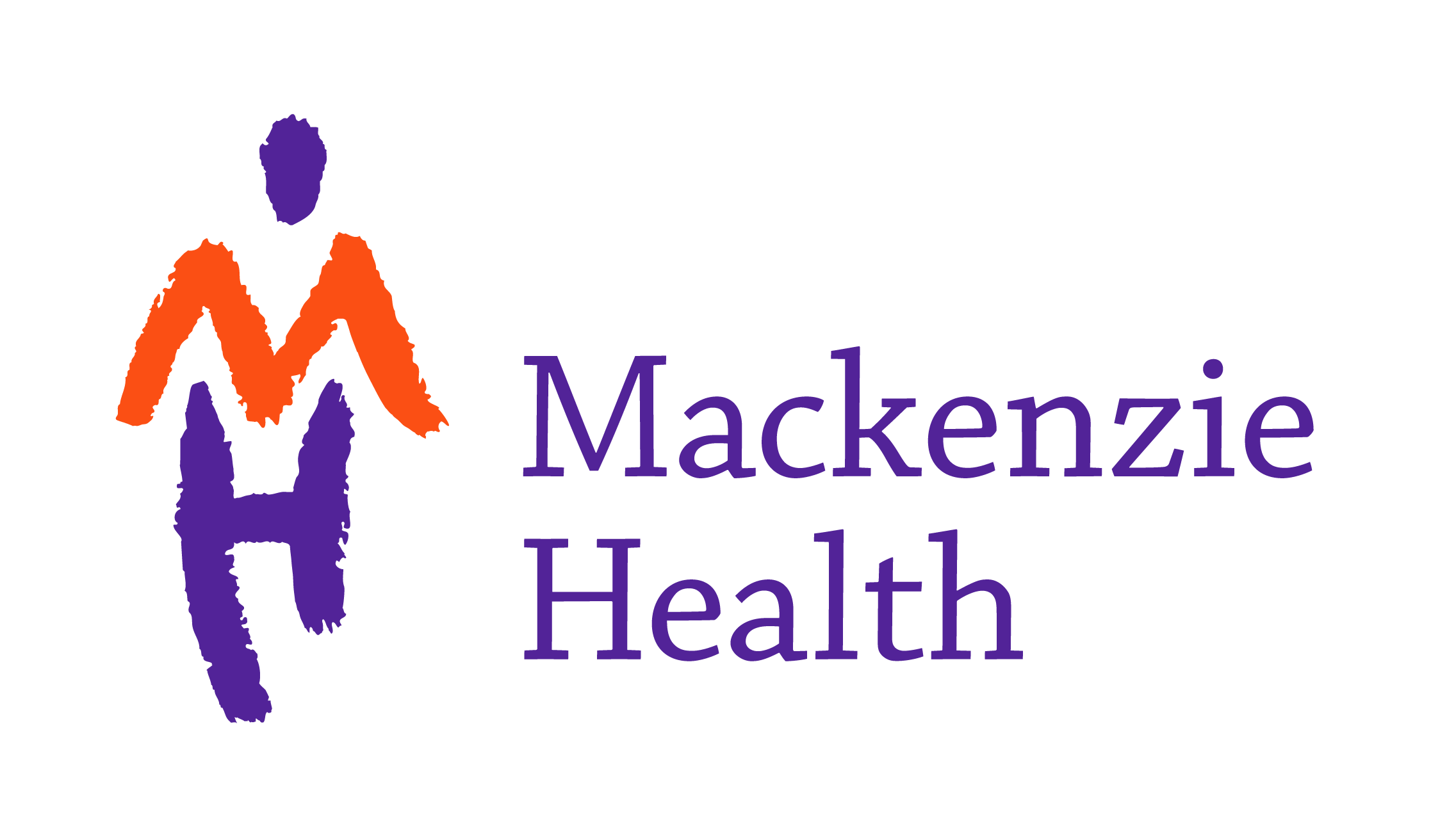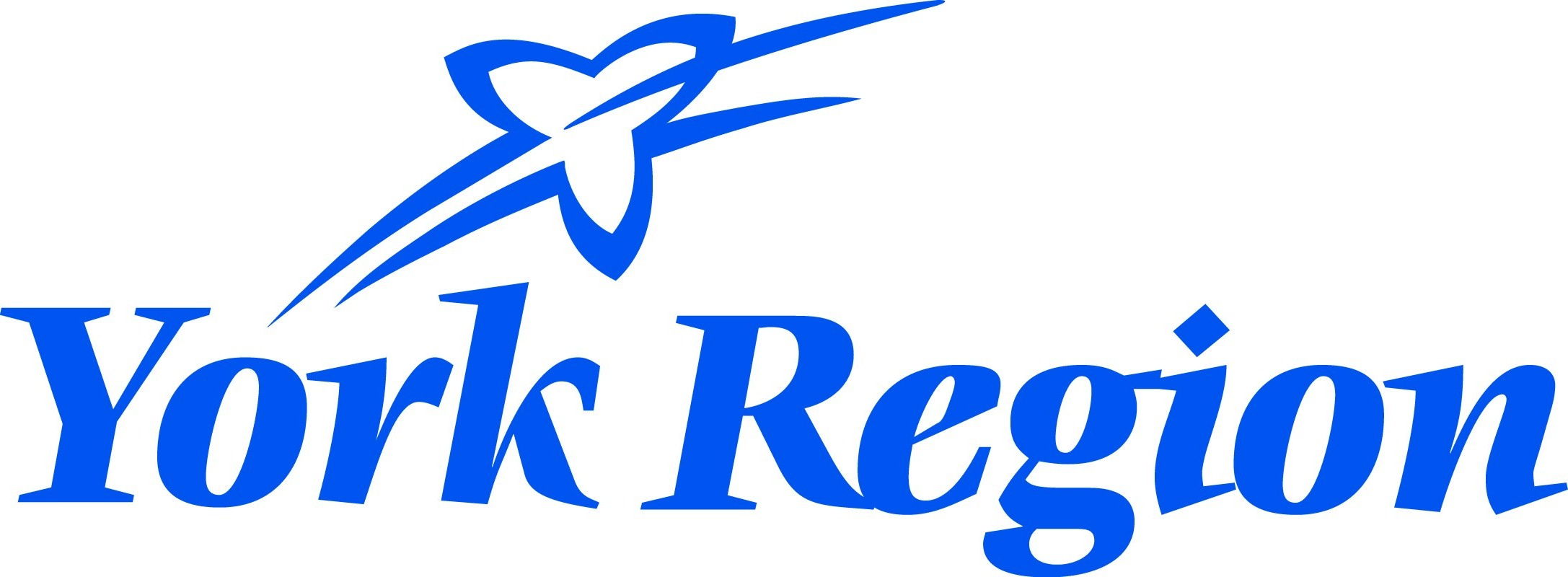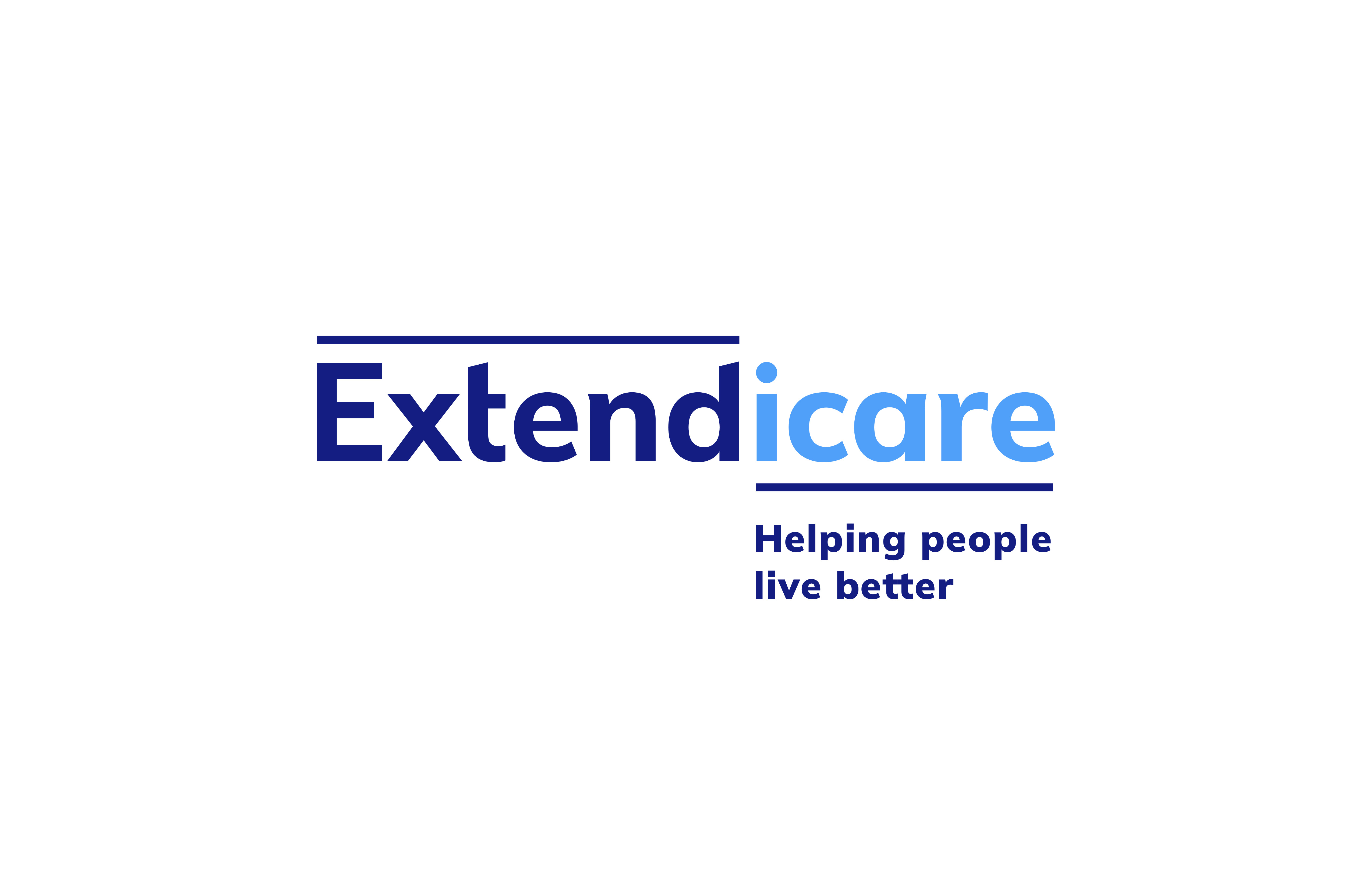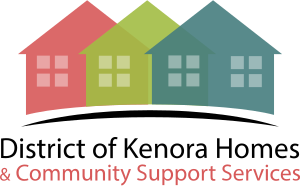
Reducing Emergency Department Visits for Care-Sensitive Conditions in Long-Term Care Residents at Norwood Nursing Home
Organization: Norwood Nursing Home
Sector: Long Term Care
Norwood Nursing Home implemented a Quality Improvement initiative titled “Reducing Emergency Department Visits for Care-Sensitive Conditions in Long-Term Care Residents.” The goal was to lower avoidable hospital transfers by addressing root causes such as infections, chronic disease flare-ups, and falls. Frequent emergency visits were recognized as missed opportunities for early intervention. To address this, the home partnered with the Unity Health Toronto Nurse Lead Outreach Team (NLOT) to enhance early detection, strengthen communication, and improve care coordination.
The initiative focused on proactive, resident-centered strategies such as routine on-site assessments, standardized infection management protocols, and timely access to diagnostics and medications. This work supported the Access and Flow priority area within Ontario Health’s Quality Improvement Plan, specifically targeting the rate of emergency department visits for ambulatory care–sensitive conditions per 100 long-term care residents.
Click here to learn more about the initiative

Workplace Violence Prevention
Organization: Mackenzie Health
Sector: Acute Care/Hospital
Mackenzie Health launched a Workplace Violence Prevention initiative aimed at automating and
enhancing their workplace violence risk assessment tool. The project’s primary goal was to improve
accessibility and utilisation of the risk assessment process across various areas of the organisation. By
focusing on the indicator of workplace violence incidents resulting in harm rate, the initiative sought
to streamline data collection and submission, making it easier for leaders to assess and manage risks
effectively.
Click here to learn more about the initiative

Right Care, Right Place: Reducing ED Transfers from LTC at Newmarket Health Centre
Organization: York Region Newmarket Health Centre
Sector: Long Term Care
Newmarket Health Centre launched Right Care, Right Place: Reducing ED Transfers from LTC to lower avoidable emergency department (ED) visits for ambulatory care-sensitive conditions. Baseline performance was 28.57 ED visits per 100 residents from October 1, 2022 to September 30, 2023. The 2024–2025 plan set an improvement target of 27.00, focusing on earlier detection of health changes, rapid in-home interventions, and stronger collaboration among clinicians, residents, families, and external partners. The approach blends proactive assessment, palliative and pain expertise, and structured communication so residents receive timely, person-centered care within the home whenever safe and appropriate.
Click here to learn more about the initiative

Reducing the 90th Percentile Time to Inpatient Bed:
A Collaborative Approach
Organization: Humber River Health
Sector: Acute Care/Hospital
Humber River Health identified extended stays for admitted patients in the Emergency Department
(ED) as a growing challenge, particularly as patient volumes increased. Historically, the hospital
maintained relatively low numbers of admitted patients boarding in the ED, but recent pressures
necessitated targeted interventions. The project, titled “Reducing the 90th Percentile Time to
Inpatient Bed: A Collaborative Approach,” aimed to improve operational flow and patient experience
by reducing the time from ED arrival to inpatient bed. The initiative focused on culture change,
standardized workflows, command center insights, and frontline empowerment. Key strategies
included daily flow huddles, real-time dashboards, proactive discharge planning, and embedded
education, all designed to address access and flow, safety, and patient experience, with the primary
indicator being the 90th percentile time to inpatient bed.
Click here to learn more about the initiative

Enhancing Emergency Department Care
for Adults Living with Sickle Cell Disease
Organization: Humber River Health
Sector: Acute Care/Hospital
The project, titled “Enhancing Emergency Department Care for Adults Living with Sickle Cell Disease,”
was launched to address disparities in emergency department (ED) care for adult patients with Sickle
Cell Disease (SCD). These patients often present during vaso-occlusive crises and experience delays in
pain management and inconsistent care. The multi-phase quality improvement (QI) initiative focused
on improving timely access to evidence-based pain management, standardising triage and care
protocols, and enhancing staff education on SCD. The primary aim was to reduce the time to firstdose
analgesia, ensure more consistent and compassionate care, and improve patient satisfaction and
clinical outcomes. The initiative aligns with provincial and organisational commitments to equity,
patient-centred care, and timely access.
Click here to learn more about the initiative

Improving Access to Care at Amherstburg Family Health Team
Organization: Amherstburg FHT
Sector: Primary Care
The Amherstburg Family Health Team (AFHT) recognized that access to primary care is a persistent challenge, especially highlighted during the COVID-19 pandemic. In response, AFHT collaborated closely with patients to develop access methods tailored to their needs, including an After-Hours physician line operating four evenings per week. As the pandemic subsided, the team realized the importance of frequently reviewing data on patient demand and shifting between virtual and in-person care. To support this, AFHT developed an Access Dashboard, which evolved to encompass all aspects of physician access, including where patients seek care (e.g., ER, outside use), third next available appointments (virtual and in-office), and reasons for urgent appointments. The dashboard integrates quantitative EMR data and qualitative patient satisfaction survey results, empowering physicians to adjust their practices in line with patient needs and preferences. The overarching goal is to continually refine access to care based on patient feedback and data.
Click here to learn more about the initiative

Medication Reconciliation at Discharge at
Queensway Carleton Hospital
Organization: Queensway-Carleton Hospital
Sector: Acute Care/Hospital
Over the past few years, Queensway Carleton Hospital (QCH) has focused on enhancing its medication
reconciliation processes at both admission and discharge. While admission improvements involved
prioritising patients for Best Possible Medication Histories (BPMH), standardising documentation, and
improving communication to physicians, this initiative spotlights the discharge process. The project
aims to increase the completion rate of discharge medication reconciliation and improve the quality
of information provided to patients and primary care providers. The priority issues addressed are
patient safety and patient experience, with indicators including the proportion of discharged patients
receiving a Best Possible Medication Discharge Plan and feedback from patients and primary care
providers.
Click here to learn more about the initiative

Corporate Delirium Steering Committee at
Queensway Carleton Hospital
Organization: Queensway-Carleton Hospital
Sector: Acute Care/Hospital
The Queensway Carleton Hospital (QCH) launched a Corporate Delirium Steering Committee to
oversee and guide its delirium-related quality improvement efforts. This advisory group was tasked
with aligning initiatives to QCH’s strategic goals, ensuring timely and budget-conscious delivery, and
resolving complex issues around delirium prevention and management. Using structured problemsolving
and evidence-based practices, the committee aimed to reduce hospital-acquired delirium and
enhance both patient and staff experiences. The initiative focused on improving patient safety, staff
experience, and overall quality of care. Key indicators included the rate of delirium onset during
hospitalization, compliance with Confusion Assessment Method (CAM) documentation, staff training
rates, and patient/family satisfaction with delirium education.
Click here to learn more about the initiative

Fall Prevention at Extendicare Elginwood Long-Term Care
Organization: Extendicare Elginwood
Sector: Long Term Care
Extendicare Elginwood implemented a home-wide fall-prevention initiative to reduce resident harm and improve safety. In 2023 the home recorded 267 falls. By 2024, with standardized rapid post-fall reviews, biweekly data huddles, targeted care plan audits, environmental checks, and stronger interdisciplinary communication, total falls declined to 189. The approach emphasizes real-time root-cause analysis, timely care plan updates, identification of high-risk residents and peak-risk times, and resident engagement during known risk periods. Progress is tracked through biweekly and quarterly reviews, audit compliance, and year-over-year comparisons.
Click here to learn more about the initiative

Reducing Fax Use at Langs Community Health Centre
Organization: Langs
Sector: Primary Care
Langs Community Health Centre has begun a quality improvement initiative titled “Reducing Fax Use” to explore opportunities to modernize communication practices and gradually transition from traditional faxing to more digital solutions such as eFaxing and Ocean eReferral. Early work has focused on gathering baseline data from electronic medical records (EMR) and physical fax machines to better understand current usage patterns, though data collection has been somewhat inconsistent across areas. The team has started reviewing commonly faxed forms to determine whether Ocean referral versions exist and, where possible, encouraging the use of these digital alternatives. The initiative is being led by the Digital Health and Telemedicine Coordinator, a Registered Practical Nurse (RPN), who is supporting staff in testing and adopting new workflows. While still in progress, the project is expected to inform future improvements related to efficiency, provider experience, safety, and access, and aligns with Quality Improvement Plan (QIP) indicators such as reducing faxes sent per 1,000 rostered patients and increasing eReferral use
Click here to learn more about the initiative

Staff Technology Training at Langs Community Health Centre
Organization: Langs
Sector: Primary Care
Langs Community Health Centre launched the “Staff Technology Training” initiative to help staff become more comfortable and confident with the technology they use daily. The project involved creating a SharePoint page where staff could easily access training tools and resources, building a peer support network for technology help, and testing Microsoft tools like Power Automate for support requests. AI tools such as Copilot Agents were introduced to make it easier for staff to find policies and internal information. The initiative focused on improving provider experience and efficiency, with a custom indicator tracking the percentage of staff reporting satisfaction with technology training and resource access.
Click here to learn more about the initiative

Improving Patient Satisfaction at
Discharge at West Parry Sound Health
Centre
Organization: West Parry Sound Health Centre
Sector: Acute Care/Hospital
The initiative, titled “Improving Patient Satisfaction at Discharge,” was launched with the primary
objective of enhancing patient satisfaction and ensuring that individuals felt adequately supported
with the necessary resources at the time of discharge. The project focused on a thorough review of
discharge documentation and strengthening data collection processes to inform practice. Staff
engagement was central, with a strong commitment to preparing patients for their transition from
hospital to home. The introduction of the Patient Navigator role proved especially impactful, patients
appreciated the human engagement and the interaction allowed for candid, robust feedback from
patients to drive improvement efforts. The initiative is ongoing, with continuous efforts to identify
and implement further improvements for sustained positive outcomes. The priority issue addressed
was patient experience, measured by the percentage of respondents who felt they received enough
information about post-discharge concerns.
Click here to learn more about the initiative

Decreasing Emergency Department (ED) Visits Among Residents at Northwood Lodge
Organization: Northwood Lodge
Sector: Long Term Care
Northwood Lodge is implementing a coordinated effort to decrease emergency department (ED) visits for ambulatory care–sensitive conditions among all residents. The strategy combines stronger external partnerships, expanded in-home clinical capacity, and clearer shared routines so timely assessment and treatment can occur in the home whenever safe and appropriate. Priority is placed on reliable communication with the local hospital and Family Health Team, consistent onboarding of new community physicians, and increasing nurse practitioner (NP) availability to manage life-limiting conditions and avert transfers. Progress is tracked through counts of ED visits alongside qualitative assessment of each initiative’s impact on resident and family experience.
Click here to learn more about the initiative